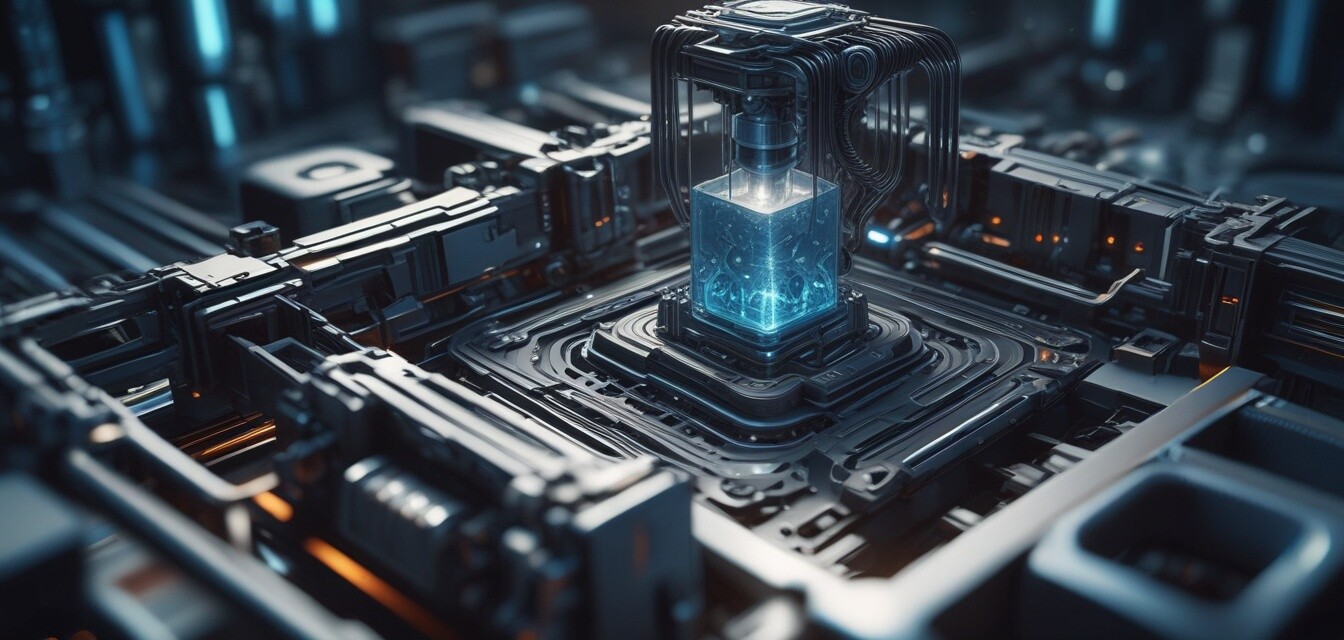
The Future of 3D Printing: What to Expect in 2025
Key Takeaways
- 3D printing is expected to reach $101.74 billion by 2032.
- Innovations will lead to increased material variety and applications.
- Sustainability will drive the development of eco-friendly 3D printing materials.
- Integration with AI will revolutionize the design and manufacturing processes.
- Healthcare applications will expand significantly, paving the way for custom solutions.
The world of 3D printing is on the brink of a significant transformation as we head toward 2025. With an expected market growth reaching $101.74 billion by 2032, it's essential to understand the trends and innovations that will shape this technology in the coming years.
Current Landscape of 3D Printing
As of today, the 3D printing industry is thriving, driven by a mix of consumer demand and enterprise-level applications. From rapid prototyping to custom parts manufacturing, the possibilities seem limitless. Here's a brief overview of the current landscape:
| Category | Market Size ($ Billion) | Growth Rate (% CAGR) |
|---|---|---|
| 2025 | 23.41 | 23.4 |
| 2032 | 101.74 | N/A |
For more insights into the market, refer to our Buying Guides for essential resources on selecting 3D printing products.
Emerging Trends in 3D Printing
Several trends are emerging that will likely define the future of 3D printing. Let's discuss these in detail.
Sustainability in 3D Printing Materials
Environmentally friendly 3D printing materials are gaining traction. Manufacturers are experimenting with biodegradable and recyclable filament options, driven by consumer awareness regarding sustainability.
AI Integration
The integration of Artificial Intelligence (AI) into 3D printing processes is a significant trend. AI can help optimize designs and improve production efficiency, thereby enhancing output quality and reducing waste.
Diverse Applications Across Industries
3D printing technology is penetrating various industries like automotive, aerospace, and healthcare. Each sector is witnessing distinctive adaptations of 3D printing, leading to customized products and manufacturing solutions.
Advancements in 3D Printing Technology
New technologies like multi-material and modular 3D printing are on the rise. These advancements will enable the creation of intricate designs that previously were difficult, if not impossible, to manufacture with traditional methods.
Healthcare Innovations
In the healthcare sector, the potential for 3D printing is enormous. From personalized prosthetics to bioprinting tissue, the industry is expected to experience a revolutionary transformation:
| Application | Current State | Future Perspective |
|---|---|---|
| Prosthetics | Custom-fit prosthetics available | Further personalization using biometrics |
| Tissue Engineering | Research phase | Potential for organ printing by 2025 |
For a deeper dive into the advancements in healthcare applications of 3D printing, visit our 3D Scanners page.
Conclusion
The 3D printing industry is poised for remarkable changes by 2025. Whether it's through sustainability efforts, AI integration, or innovative applications, the technology will continue to reshape various sectors. Staying informed about these trends will help both businesses and consumers prepare and take advantage of the opportunities ahead.
Pros
- Rapid technological advancements.
- Increased potential for customization.
- Potential environmental benefits from sustainable materials.
Cons
- High initial costs of advanced 3D printers.
- Limited regulations in certain industries.
- Quality control concerns with new materials.
Stay Updated
To keep up with the latest news and trends in 3D printing, explore our News & Trends blog category.
Tips for Beginners
- Start with simple projects to understand the basics of 3D printing.
- Familiarize yourself with different materials available in the market.
- Join 3D printing forums and communities to learn from experts.

